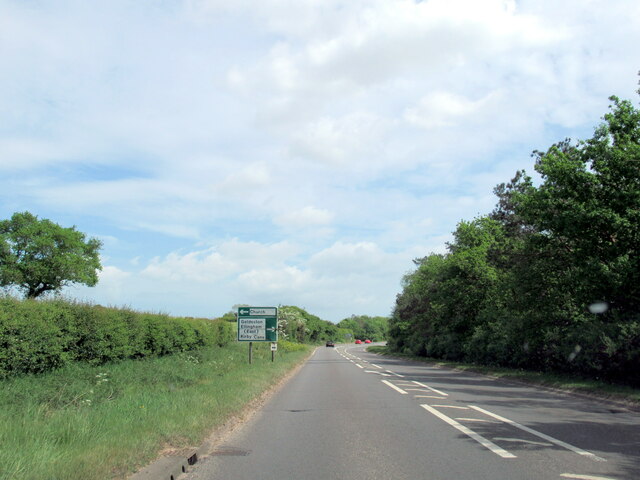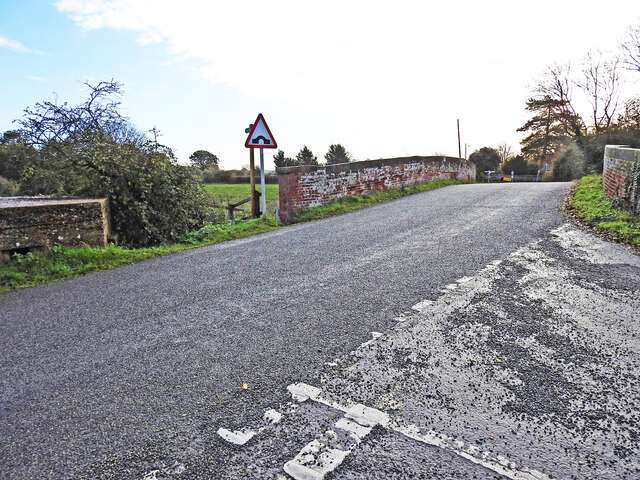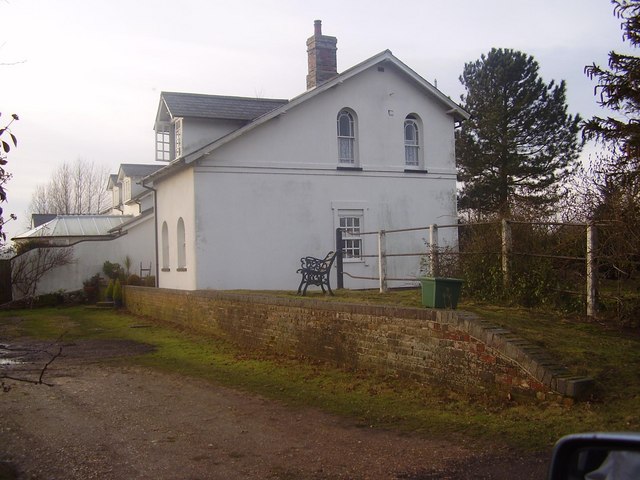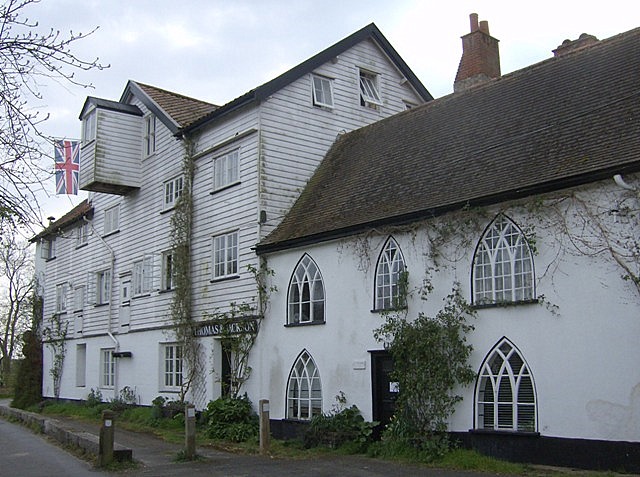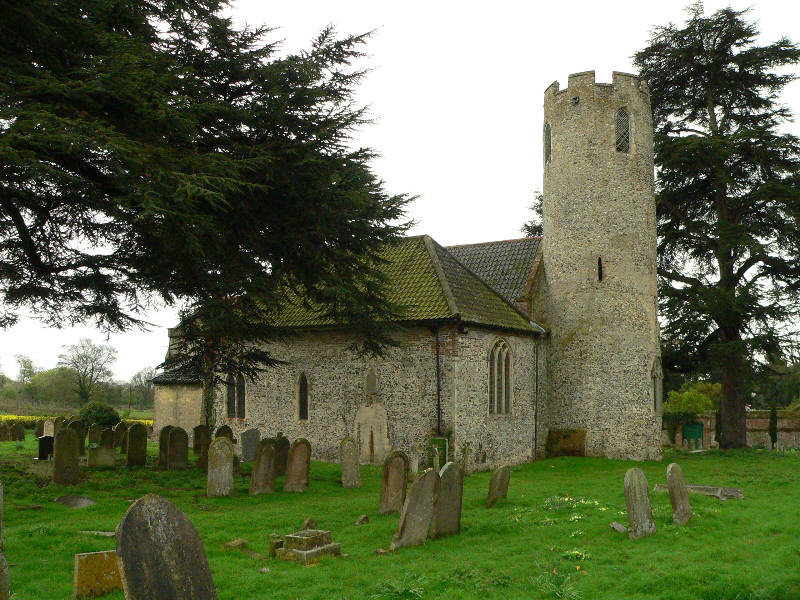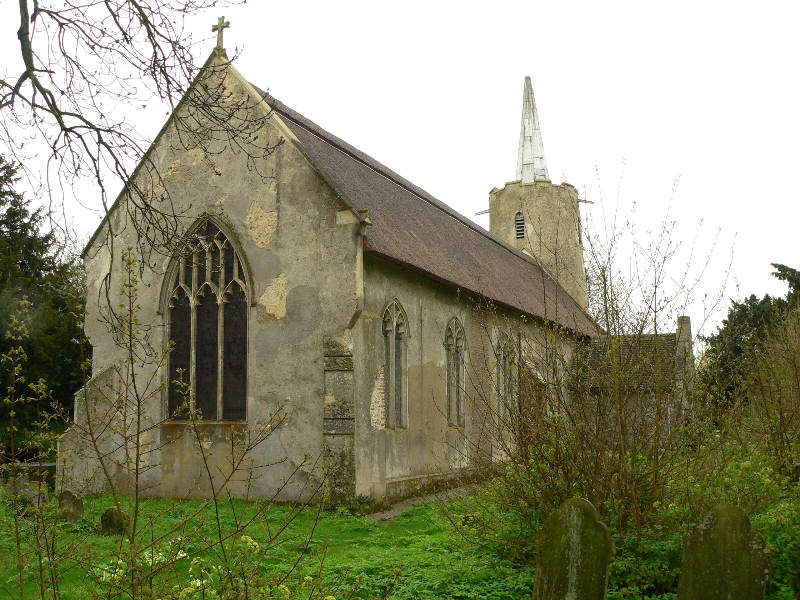Ellingham
Settlement in Norfolk South Norfolk
England
Ellingham

Ellingham is a small village located in the county of Norfolk, England. Situated approximately 3 miles southeast of the market town of Bungay, Ellingham is nestled amidst the picturesque countryside of the Waveney Valley. With a population of around 500 residents, it exudes a charming and tranquil atmosphere.
The village is renowned for its historical significance, particularly its medieval church, St. Mary's, which dates back to the 14th century. The church boasts stunning architectural features, including a magnificent tower and intricate stained glass windows, making it a popular site for visitors and history enthusiasts.
Ellingham also offers an abundance of natural beauty, surrounded by lush green fields, rolling hills, and winding country lanes. The village is a haven for walkers and nature enthusiasts, with numerous footpaths and trails that provide stunning views of the surrounding landscape.
Despite its small size, Ellingham is well-served by a close-knit community that fosters a strong sense of camaraderie. The village has a primary school, a village hall, a local pub, and a cricket club, which serves as a hub for social gatherings and events.
In summary, Ellingham is a charming and idyllic village in Norfolk, offering a rich historical heritage, breathtaking natural scenery, and a strong community spirit. It is the perfect destination for those seeking a peaceful retreat amidst the beauty of the English countryside.
If you have any feedback on the listing, please let us know in the comments section below.
Ellingham Images
Images are sourced within 2km of 52.479633/1.48961 or Grid Reference TM3792. Thanks to Geograph Open Source API. All images are credited.
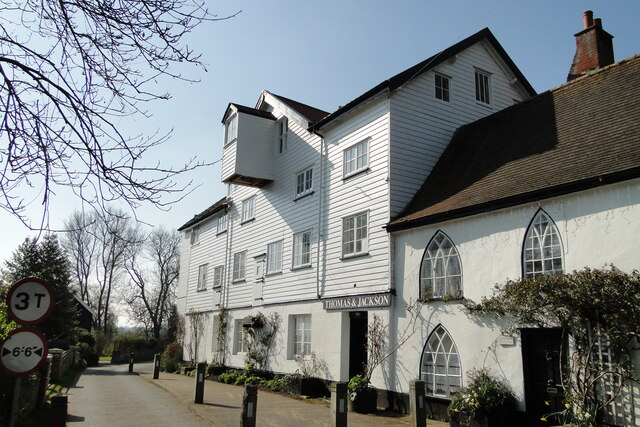


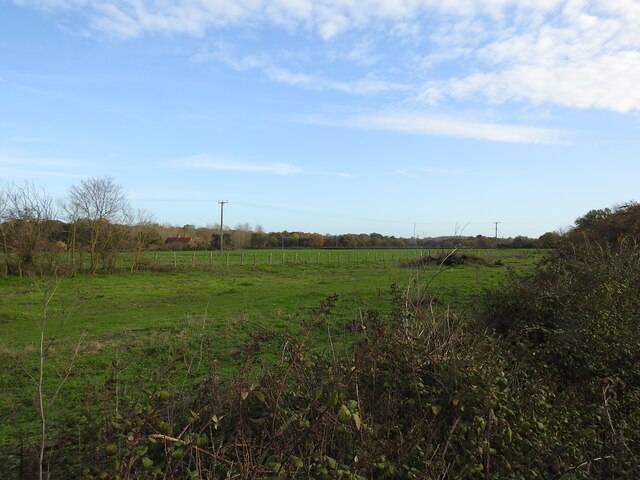
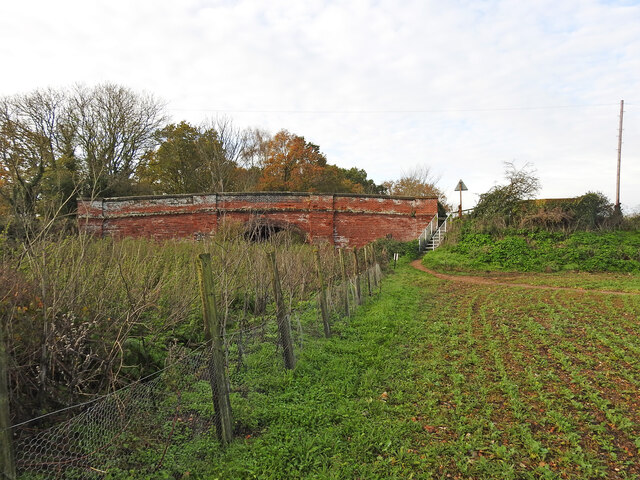

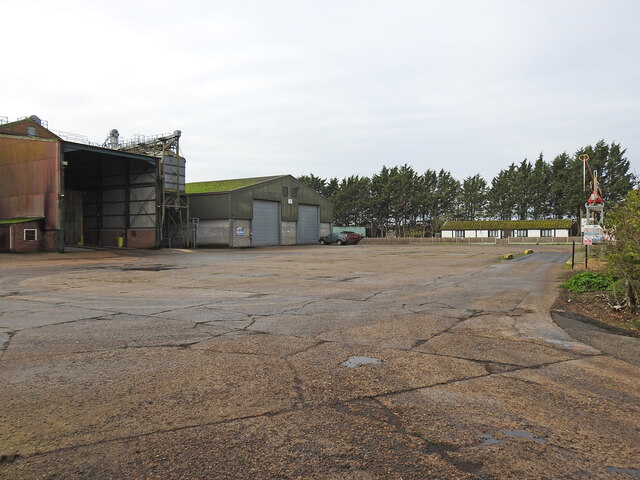
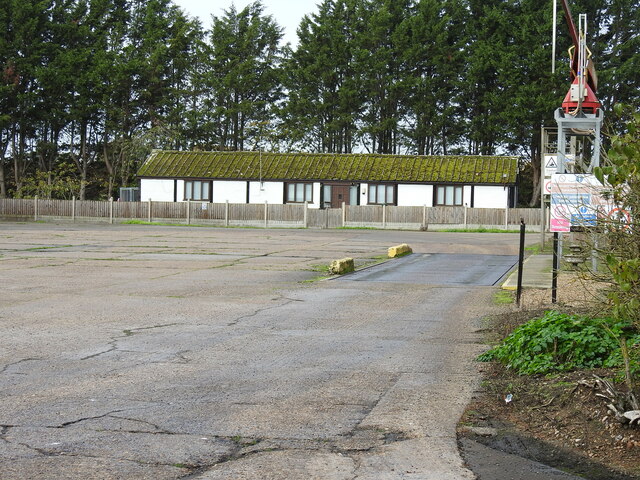

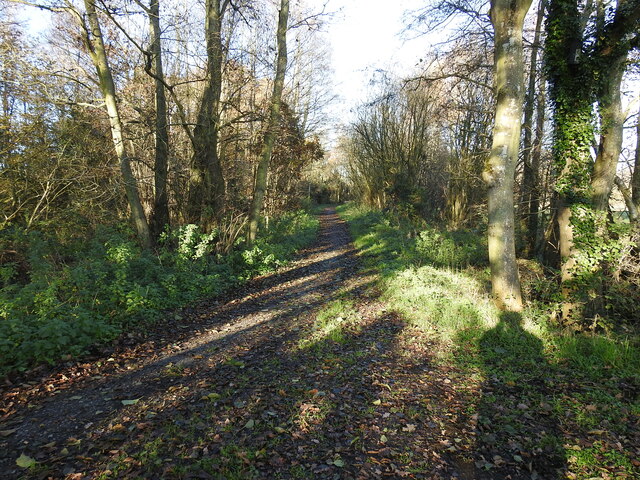
Ellingham is located at Grid Ref: TM3792 (Lat: 52.479633, Lng: 1.48961)
Administrative County: Norfolk
District: South Norfolk
Police Authority: Norfolk
What 3 Words
///prank.piston.niece. Near Ditchingham, Norfolk
Nearby Locations
Related Wikis
Ellingham railway station
Ellingham is a former railway station in Ellingham, Norfolk. It was opened in 1863 as part of the Waveney Valley Line between Tivetshall and Beccles, Suffolk...
Ellingham, Norfolk
Ellingham is a village and civil parish in the English county of Norfolk. The village is located 2.3 miles (3.7 km) north-east of Bungay and 13 miles...
Leet Hill, Kirby Cane
Leet Hill, Kirby Cane is a 6.5-hectare (16-acre) geological Site of Special Scientific Interest in Kirby Cane in Norfolk. It is a Geological Conservation...
Kirby Cane
Kirby Cane is a scattered village and civil parish centred 3.8 miles (6.1 km) west northwest of Beccles and 2.7 miles (4.3 km) northeast of Bungay. It...
Geldeston railway station
Geldeston (also Geldeston Halt) was a station on the Waveney Valley Line serving the village of Geldeston, Norfolk. It was operational for passenger services...
Geldeston
Geldeston is a village and civil parish in the English county of Norfolk. The village is located 2.5 miles (4.0 km) north-west of Beccles and 14 miles...
Stockton, Norfolk
Stockton is a small village in Norfolk, England near the A146, just over 2 miles from Beccles. It covers an area of 3.65 km2 (1.41 sq mi) and had a population...
Broome, Norfolk
Broome is a village and civil parish in the English county of Norfolk. It is situated on the north bank of the River Waveney, which forms the border with...
Nearby Amenities
Located within 500m of 52.479633,1.48961Have you been to Ellingham?
Leave your review of Ellingham below (or comments, questions and feedback).

